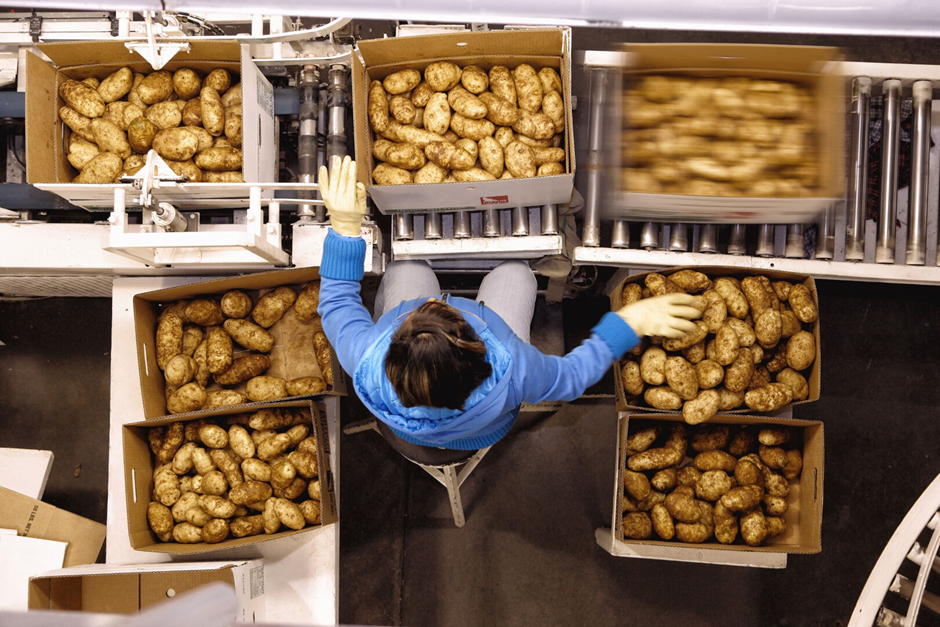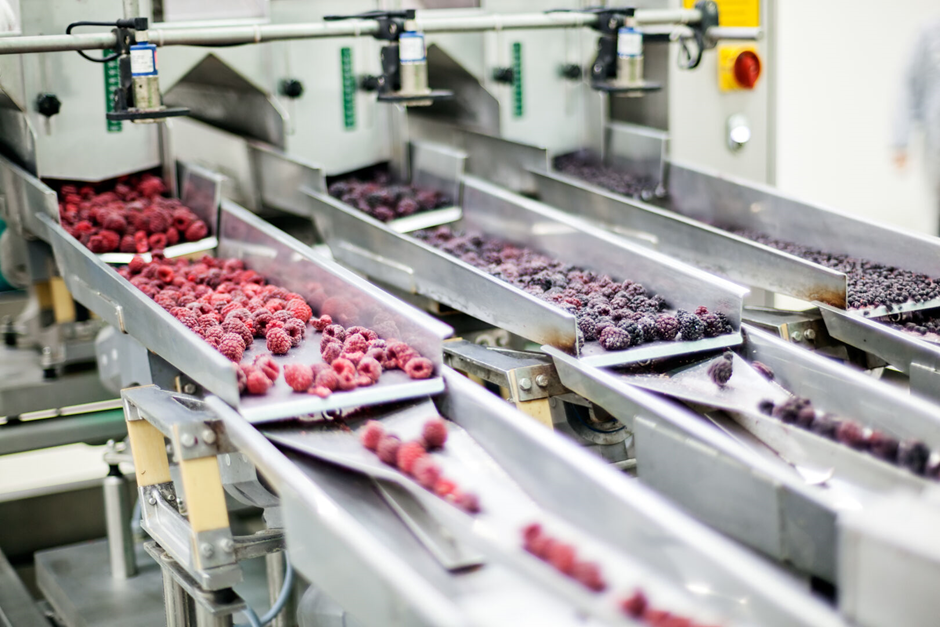With inflation in the UK escalating into a cost of living crisis, the fluctuating prices of food have affected us all as consumers. But food businesses are equally struggling, as they attempt to strike the balance of maintaining an efficient food supply chain despite continuous disruptions while also offering affordable products to retain customers.
In this blog, we’ll provide an overview of the key causes of food price inflation at the moment and what steps you can take to reduce the impact on your business:
- Supply chain disruptions
- Raw ingredient shortages
- Rising energy costs
- So, what can my food business do to combat food price inflation?
- Is it all doom and gloom?
1. Supply chain disruptions
One of the most frustrating causes of food inflation is the numerous disruptions that businesses have experienced in their supply chain operations. Logistical challenges, ranging from supply shortages and labour strikes to import controls and escalating fuel costs, have compelled food producers to increase the prices of their end products to cover the expenses resulting from last-minute changes and additional fees.
so it’s clear why many have felt the pressure to increase their prices.
When the COVID-19 pandemic began, supply chain disruptions increased by 14%. Since then we’ve experienced one unprecedented event after another, and the knock-on effect on supply chains has contributed to food price inflation as businesses are forced to negotiate in order to continue production. In fact supply chain disruptions can cause businesses to be hit by a 62% loss in finances, so it's clear why many have felt the pressure to increase their prices.

For more insights into food supply chain disruptions and strategies to overcome them, you can read our blog post by clicking here.
2. Raw ingredient shortages
If your raw materials providers are based in Europe, its likely you’ve already felt the pinch. Since Russia’s invasion of Ukraine in 2022, resource options have been limited for essential products like oil and grain. This initially resulted in price hikes as businesses invested time and money finding suitable alternatives to continue providing quality products to their customers.
What’s more, this summer has seen devastating wildfires across the world and unusually wet weather in northern Europe, leading to poor harvests. In the UK, this has led to reduced availability of cereals and root vegetables. This reduced availability is expected to drive prices higher as farmers struggle to stay afloat.
However, staples like rice, eggs, and cooking oil have remained relatively cheaper in the UK compared to other European countries, showing that the shortage of raw ingredients is affecting not only the UK but also various regions across the continent.

3. Rising energy costs
Whilst the heatwaves and wildfires across southern Europe have had devastating impacts on crops, solar energy has seen a major boost. This has alleviated energy shortages and eased the strain of increased energy costs on many businesses on the continent.
Unfortunately, here in the UK we haven’t had much sun this summer and the rising cost of energy has contributed towards inflating food prices. Since Russia’s invasion of Ukraine, businesses have looked to source their fuel from elsewhere, leading to skyrocketing prices. The UK has yet to fully recover, so energy costs remain a critical issue and contribute to inflation.
So, what can my food business do to combat food price inflation?
These challenges are affecting food businesses across the world and pose significant risks to their operations.
Optimising your business systems can increase your business’ agility by centralising data storage, making it readily available in the event of sudden disruptions. This also allows you to trace products all the way through the production stages, making it easier to monitor expiry dates and product defects, thereby helping reduce other frustrating costs that may put strain on your business.

Discover more ways to improve cost efficiencies in your food supply chain by clicking here to read our blog.
There are ways to cut costs by reducing energy consumption, even though escalating energy prices are out of our hands. For instance, a recent study from UK manufacturer Nomad Foods found that frozen food can be stored at -15⁰C without comprising its safety, nutrition, texture or quality. This 3⁰C increase in temperature from the industry standard could save 10% to 11% of energy usage.
What’s more, automating processes in your supply chain with technologies such as real-time data analytics allows you to monitor various aspects of your supply chain, so you can ensure that the correct amount of stock is produced based on accurate real-time data.
This prevents overstocking and over-producing, cutting unnecessary energy usage and food waste. Automation also relieves your workers from performing monotonous tasks in your operations and freeing them up to focus on more business-critical tasks, which boosts your efficiency.
You can read more into the benefits of automation in the food industry by clicking here.

Investing in food-specific technology can help streamline your overall business processes and future proof your operations for growth, reducing your reliability on manual labour. Just remember that your customers may still be struggling due to the high prices, so this is the time to nurture your relationships and build trust for the long term.
Is it all doom and gloom?
The short answer – only for the time being.
The long answer, however, shows promise. Analysts have found that food inflation is improving, with a 1.2% decrease from June to July 2023. This marks the third consecutive month which showed signs that food inflation is slowing down and is the lowest level recorded since December.
As with many economic difficulties, this should be a case of riding the wave and eventually the situation should improve. It appears we may be over the worst of the disruption, yet there are still numerous challenges for businesses to overcome in order to catch up after the events of the past few years.

To have a better chance of not falling behind competitors as well as building for the future, it’s essential that your business system supports a modernised food supply chain to minimise unnecessary costs. This involves having back-up supplier options, improving data storage and traceability, and considering innovative ways to cut costs while retaining food quality. These strategies can be effective in helping your food business tackle rising prices.
We worked with Jackson’s Bakery, the UK’s leading supplier of sandwich bread, to overhaul its core systems and upgrade to a continually improving platform. This unlocked new efficiencies as key processes are now modernised, enabling the business to grow unlike before.
Read the full case study by clicking the button below.
